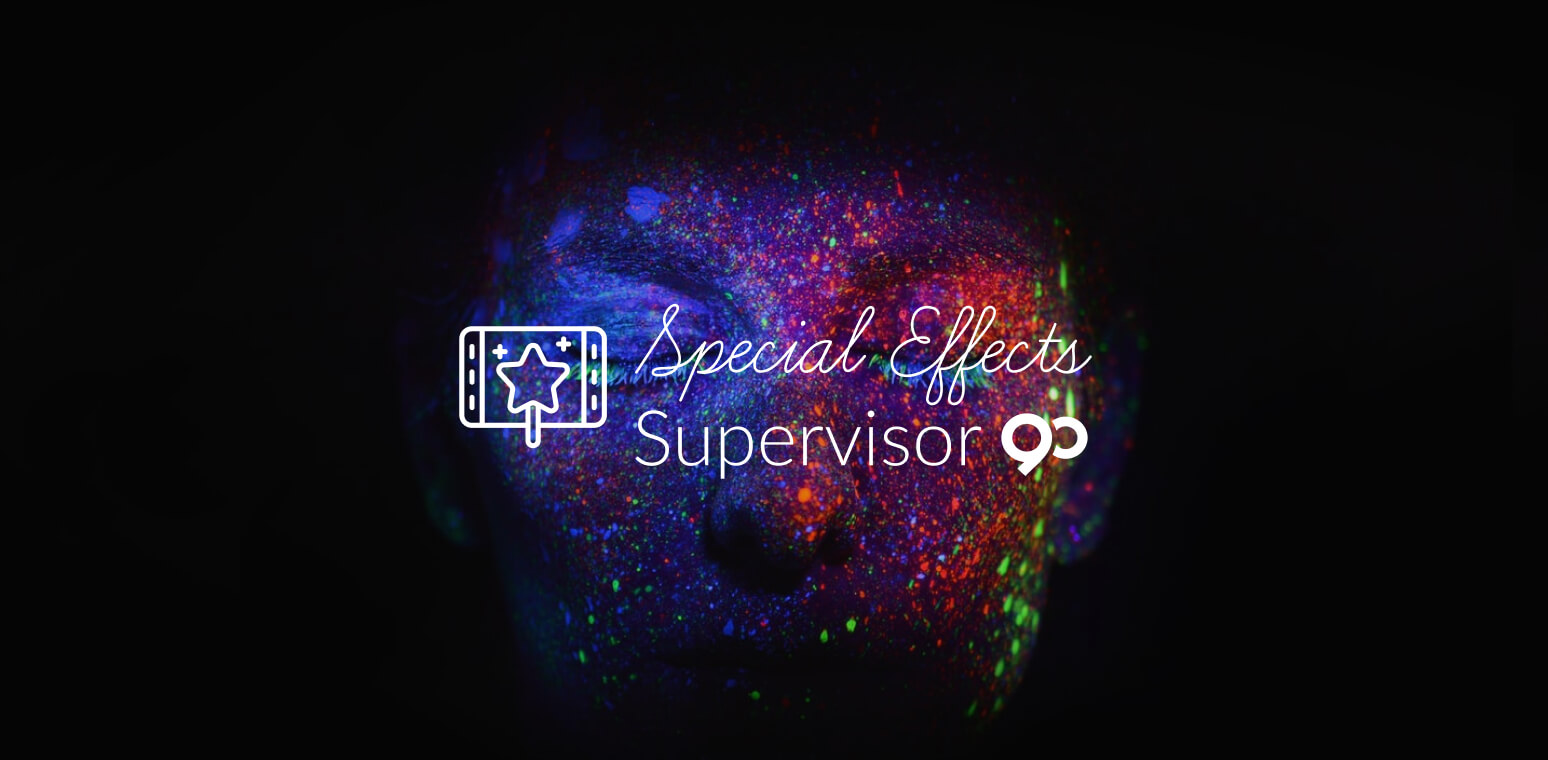Hi,
Get in touch with us today to chat about your next project.

Special effects (SFX) supervisors are responsible for creating computer-generated and/or live-action special effects to be used in TV, film, and other means of video production.
Whether it’s a fireball resulting from a car blowing up or creating a snowy village in the middle of the summer, SFX supervisors oversee the crafting of environments and visual effects that are meant to keep the viewer captivated and effectively tell a story.
SFX supervisors are primarily responsible for planning and creating all of the SFX elements of shoot during pre-production.
Visual effects encompass everything from artificial weather and environments like rain, fog, smoke, and other atmospheric aspects to mechanical and electrical effects.
Explosions and other demolitions are also part of SFX science and what most people tend to think of when they hear those words.
The SFX supervisor must source the right equipment, supplies, and technicians to execute these effects and keep the shoot consistent with the director’s vision.
Once the shoot is out of pre-production, SFX supervisors then must ensure that all aspects of SFX are being safely operated and managed as well as compliant with federal and local laws.
Safety procedures are an integral part of SFX management and SFX supervisors need to brief the cast and crew as much as necessary when equipment is being operated on the set, as well as any state inspectors and fire marshals who may be required by law to be on the set before or during the shoot.
Preventing injuries and property damage, then promptly dealing with these things if they do occur, is an important role in SFX management as well as the management and disposal of hazardous materials used in SFX creation.
Since SFX supervisors have a managerial role on and off the set, preparing the SFX budget and managing SFX personnel and their schedules are important secondary roles.
Depending on the video’s size and budget, the SFX supervisor must decide how much additional crew is needed, for how long, and when they need to be on the set to execute effects and assist with safety procedures.
During the planning stage, SFX supervisors work closely with art directors and production designers to determine SFX concepts for each scene, and factoring in things like the location as well as specially-designed rigs that will need to be constructed.
This helps establish both the SFX and art department budgets as well as get an idea of how much personnel will be required for the shoot.
The SFX supervisor also needs to work with the director and cinematographer in the planning stage in order to determine the necessary equipment and safety protocols for the desired effects and how many scenes they will be used in.
Camera angles and after effects are also discussed. With these discussions in mind, the SFX supervisor then assembles a crew and tests different rigs and camera angles until the director is pleased with the results.